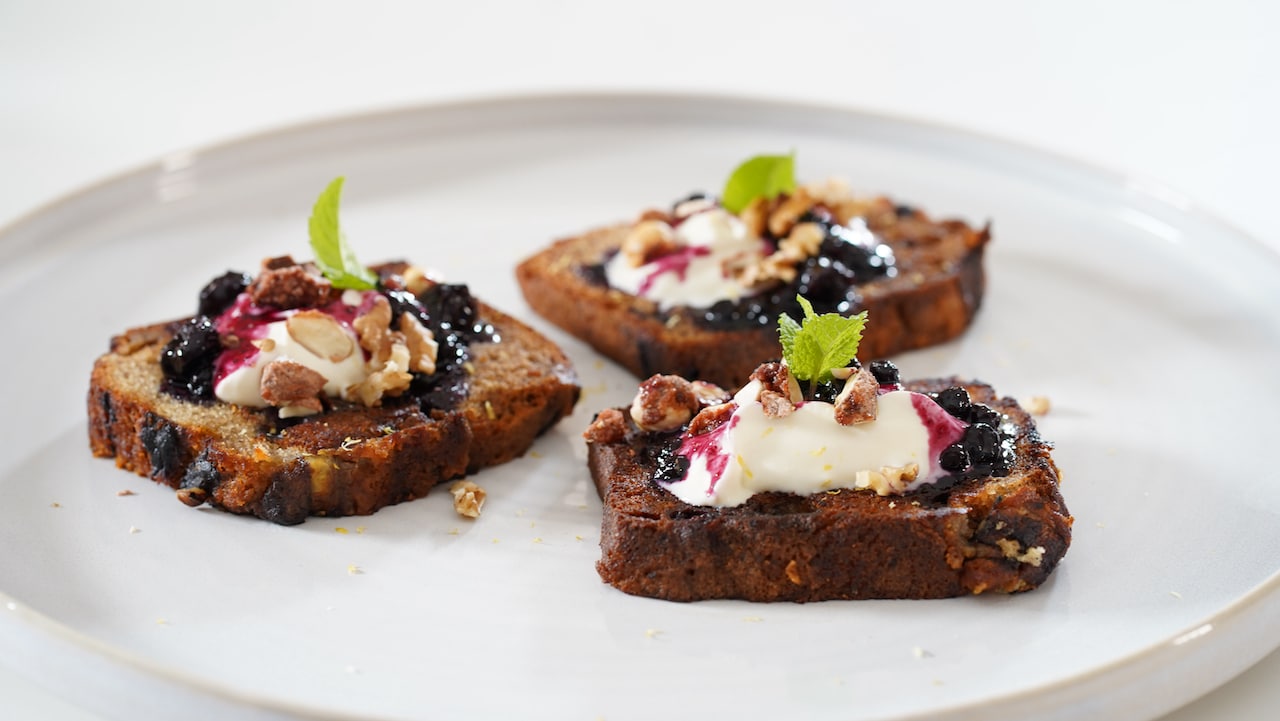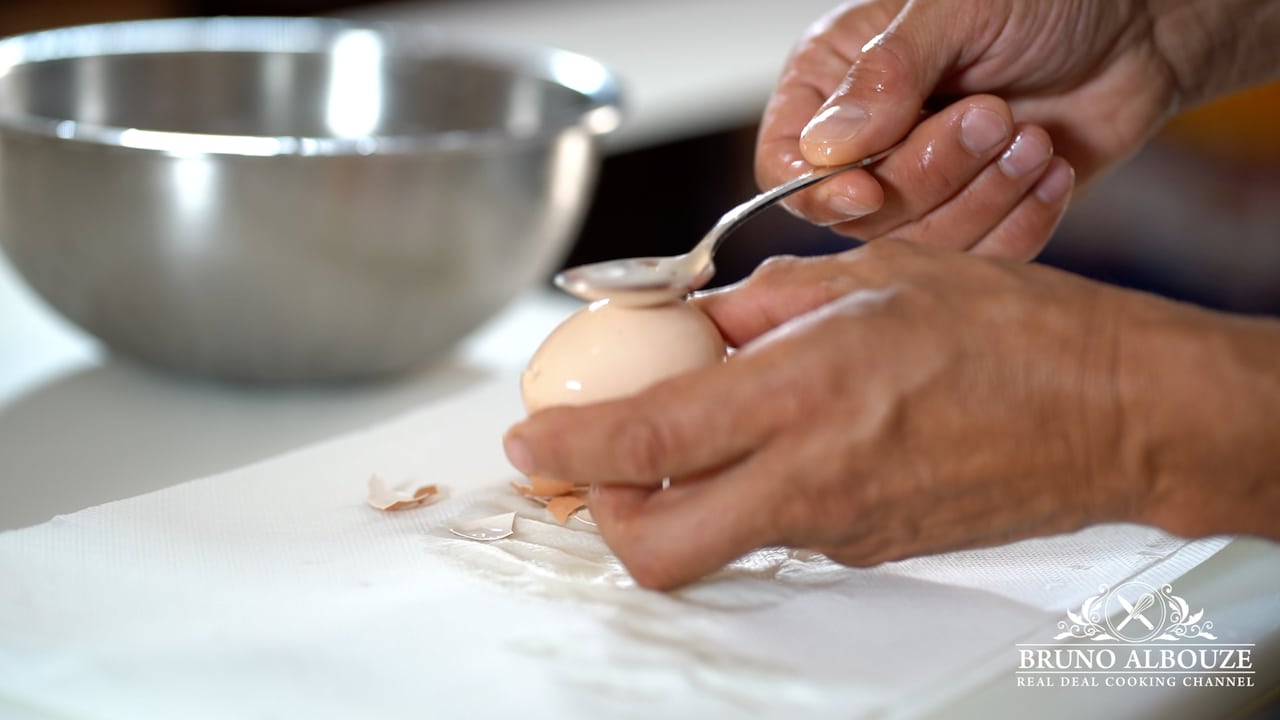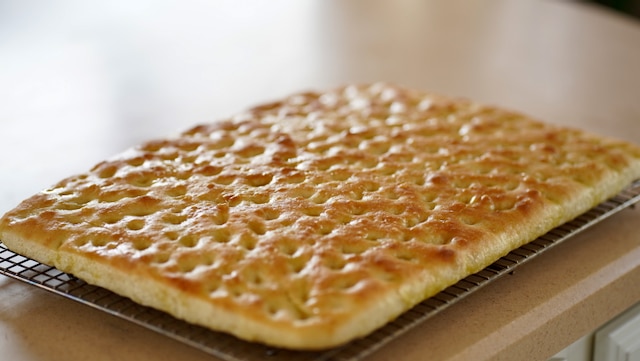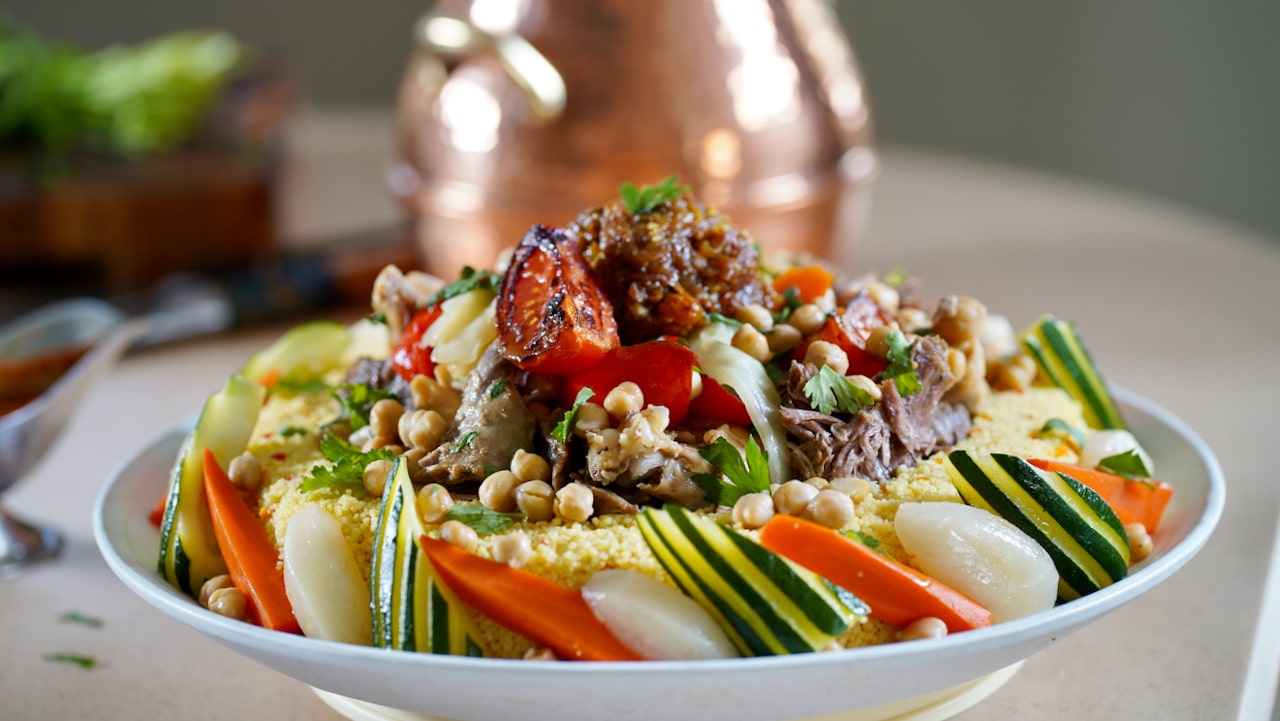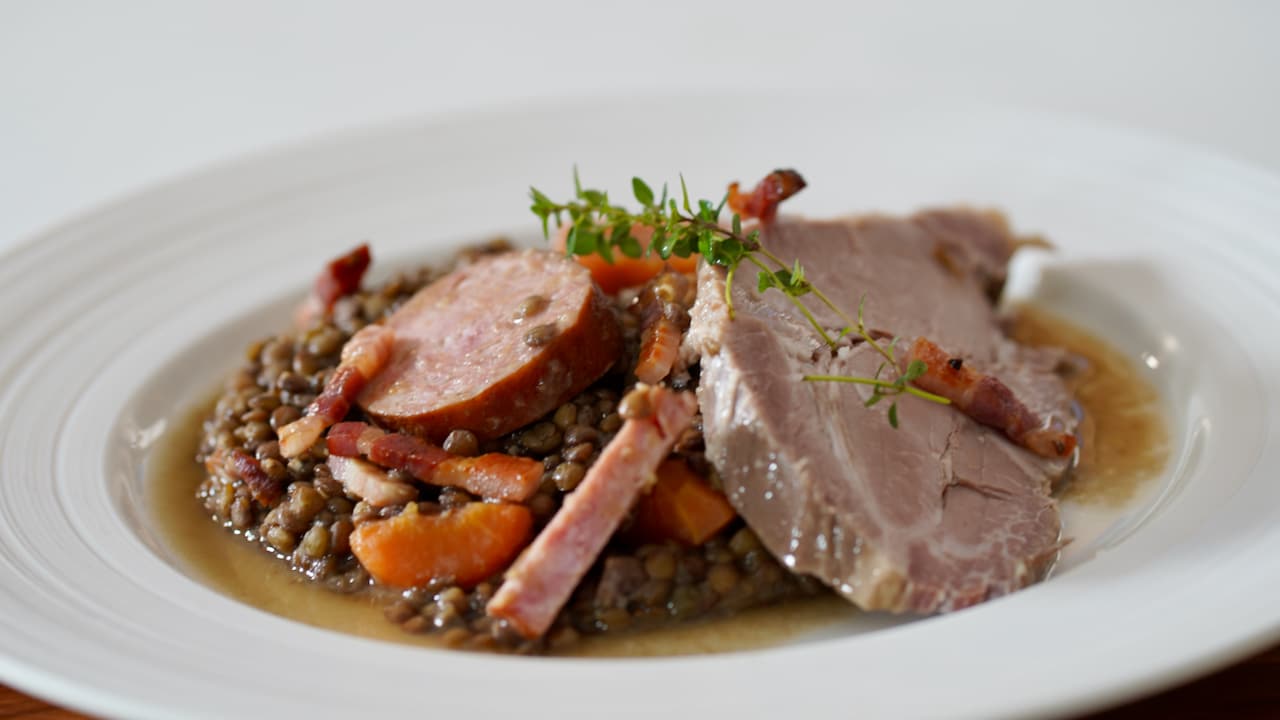Pie Dough
Please note: This recipe is part of the Premium section.
Get ready to elevate your baking game with the perfect pie dough recipe - ''pâte à tarte''! This essential foundation of so many delicious pies is a combination of fat, flour, eggs, and water or milk. Whether you're whipping up a savory quiche or a decadent fruit pie, mastering the art of pie dough is key to creating a show-stopping dessert.
Please note that the full access to this content needs a "Year at the table" subscription: please sign up.
The mother of most pies
This recipe is a protected and only available for paid members. To obtain the full step by step recipe and detailed ingredients list, please sign up.
Preview the recipe
What Fat To Use For Crusts?
- Shortening, a product commonly made from hydrogenated vegetable oil, has been a staple in American kitchens since the early 1900s. Similar to margarine, shortening has its advantages, such as a higher melting point and cost-effectiveness. However, its highly processed nature can have a negative impact on the taste of your dishes. When it comes to baking or cooking, opting for European-style butter can truly elevate your culinary creations. European-style butter stands out as a top choice for professional chefs and home cooks alike. Its higher fat content contributes to a richer flavor and creamier texture in baked goods and savory dishes.
Pie vs Tart
- Commonly, single crust pies dough/shortcrust are stone fruits based, and a double crust pie is called ''croustade''. On the flip side, tarts ''tartes'' refer to raw fruits based pâte sucrée tarts.
Pie Dough
- Makes a 9.5 inch/23 cm greased fluted tart pan or a cake ring for quiche. Save leftover for another small size pie.

- In a large pastry bowl, rub flour with salt and cubed butter until mixture resembles coarse meal.

- Add the egg and water. As soon as it comes together, transfer mixture onto the work surface.

- Knead until homogenized. Do not over work.

- Wrap dough in plastic film and refrigerate to harden for later use.

- Or, roll out into a 0.12 inch/3mm thick sheet between 2 parchment papers; chill to rest or freeze for later use. Leave dough sheet out for a few minutes to soften prior to use.

How To line A Pie Pan
- Pick up the dough and drape over the greased fluted pan.

- Mold the dough into the pan. Gently press around the edges of the pie base for a nice even finish.

- Create a leap by pinching dough around the edges. This step creates more depth (optional).

- Trim off the excess dough.

- Uplift the leap around the edges. Lightly prick with a fork and freeze until ready to bake.

Baking
- Blind baking helps to prevent soggy bottom crust when making quiches or fruit pies. Blind baking is used for making tart shells as well as pies. It also prevents the crust from puffing up while it bakes.
This content is part of the PREMIUM SECTION

This recipe requires a All-content access subscription. The Premium section includes more than 50 essential recipes from French pastry and a special section for mastering artisanal bread.
The Premium section is only accessible with "A year at the table" subscription. Discover it with special first year discount.



